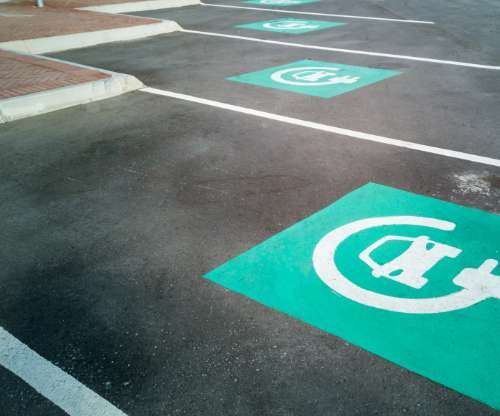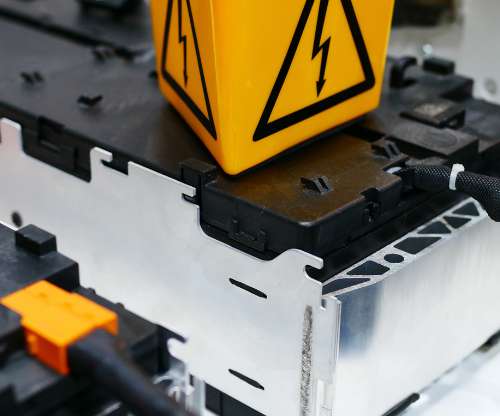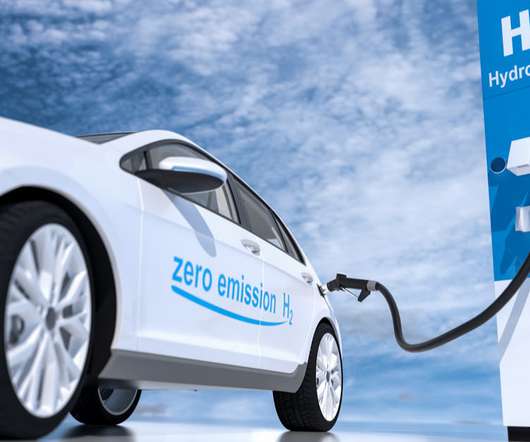Simulation study suggests ORC waste heat recovery system could deliver potential 7% improvement in fuel consumption in a PHEV on highway
Green Car Congress
OCTOBER 10, 2012
The analysis used the Ohio State University EcoCAR, a student prototype PHEV, as the basis for the preliminary fuel economy evaluation. On the other hand, it is well known that in an internal combustion engine up to 35% of the energy developed by the fuel combustion is dissipated in the exhaust gases. The OSU EcoCAR PHEV powertrain.




























Let's personalize your content